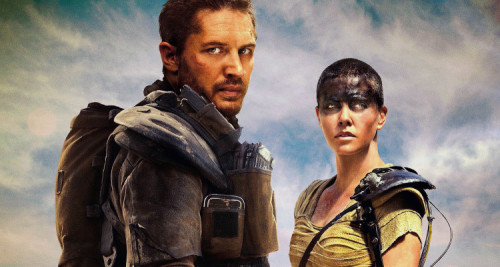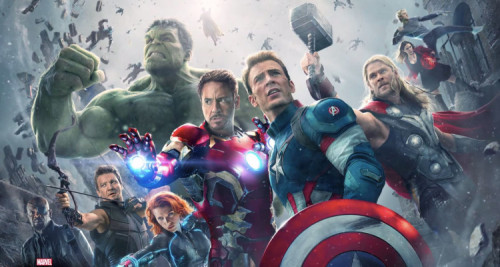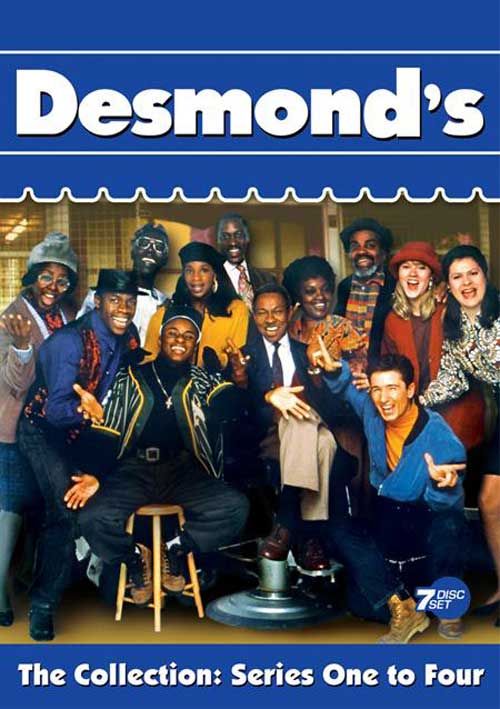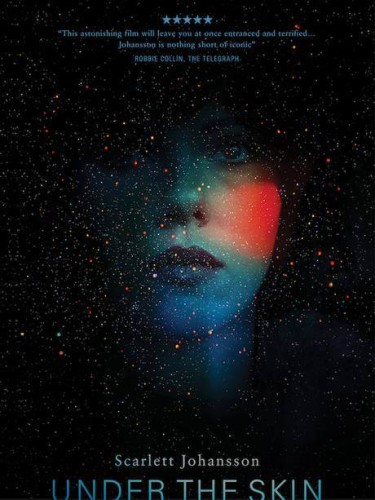Gambling for Love and Power
These two characters’ inability to see each other as anything other than personal property emerges as the compelling dramatic engine of unfolding events involving far more sinister agents, who eventually exploit the fissure in the mother-daughter bond.











